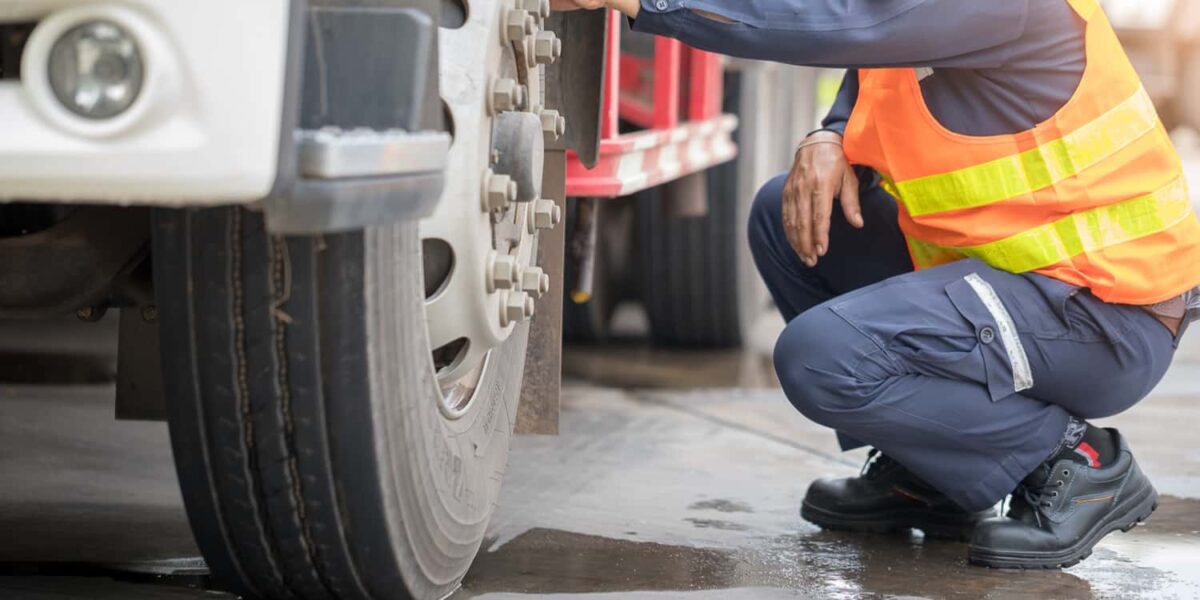In order to help ensure safety in the trucking industry, motor carriers are required to conduct background checks for drivers. These include determining if the driver has had any previous violations related to the Department of Transportation (DOT) drug and alcohol regulations.
The Federal Motor Carrier Safety Administration (FMCSA) created a Clearinghouse system to improve the tracking of such violations. Employers must report all violations to this system, and other motor carriers can submit an inquiry to get information about an applicant’s history.
Previously, employers have had to submit pre-employment queries to the Clearinghouse and conduct manual inquiries. Starting January 6, 2023, employers will cease manual inquiries and will only need to conduct a Clearinghouse query.
What Is The FMCSA Clearinghouse?
The FMCSA Clearinghouse is a centralized reporting system for drug and alcohol violations by safety-sensitive workers within the trucking industry, e.g. commercial driver’s license (CDL) drivers. Employers and their designated safety representatives need to report any violations to this system. This makes it easier to track violations and ensure the return-to-duty process is being followed, even if a driver moves states. The system was created to prevent drivers from circumventing background check procedures.
Why Is This Update Happening Now?
Motor carriers are required to conduct background checks that cover the past three years. Since use of the FMCSA Clearinghouse became mandatory on January 6, 2020, there wasn’t enough data available to cover the full-time period. Now, the information in the Clearinghouse will meet the three-year time frame.
Pre-Employment Check Requirements
While the method for conducting a pre-employment background check is changing, the underlying regulations are consistent.
Employers must:
- Conduct a three-year query when hiring a new driver
- Conduct a new query annually, on a rolling 12-month basis, for each driver they employ
- Obtain consent from employees and potential hires before conducting Clearinghouse queries
What About Non-FMCSA Transportation Employees?
The Clearinghouse system only has information about drivers who work for FMCSA-regulated employers, such as motor carriers. Other types of transportation jobs fall under other DOT agencies, such as railroad, aviation, or transit. If a driver applies to a motor carrier and has worked for such a company in the past three years, motor carriers still need to request drug and alcohol violation information. They will need to conduct a manual inquiry to do so since this information is not in the Clearinghouse.
Keep Up With FMCSA Regulations
FMCSA regulations and best practices periodically change, and it’s important for your company to stay up-to-date to avoid large fines and potential safety issues. HDS Safety Services can make it easier for you to stay compliant. We keep up with the latest changes to regulations and manage your background checks, driver qualification files, and other key documentation and safety protocols so you don’t have to.















